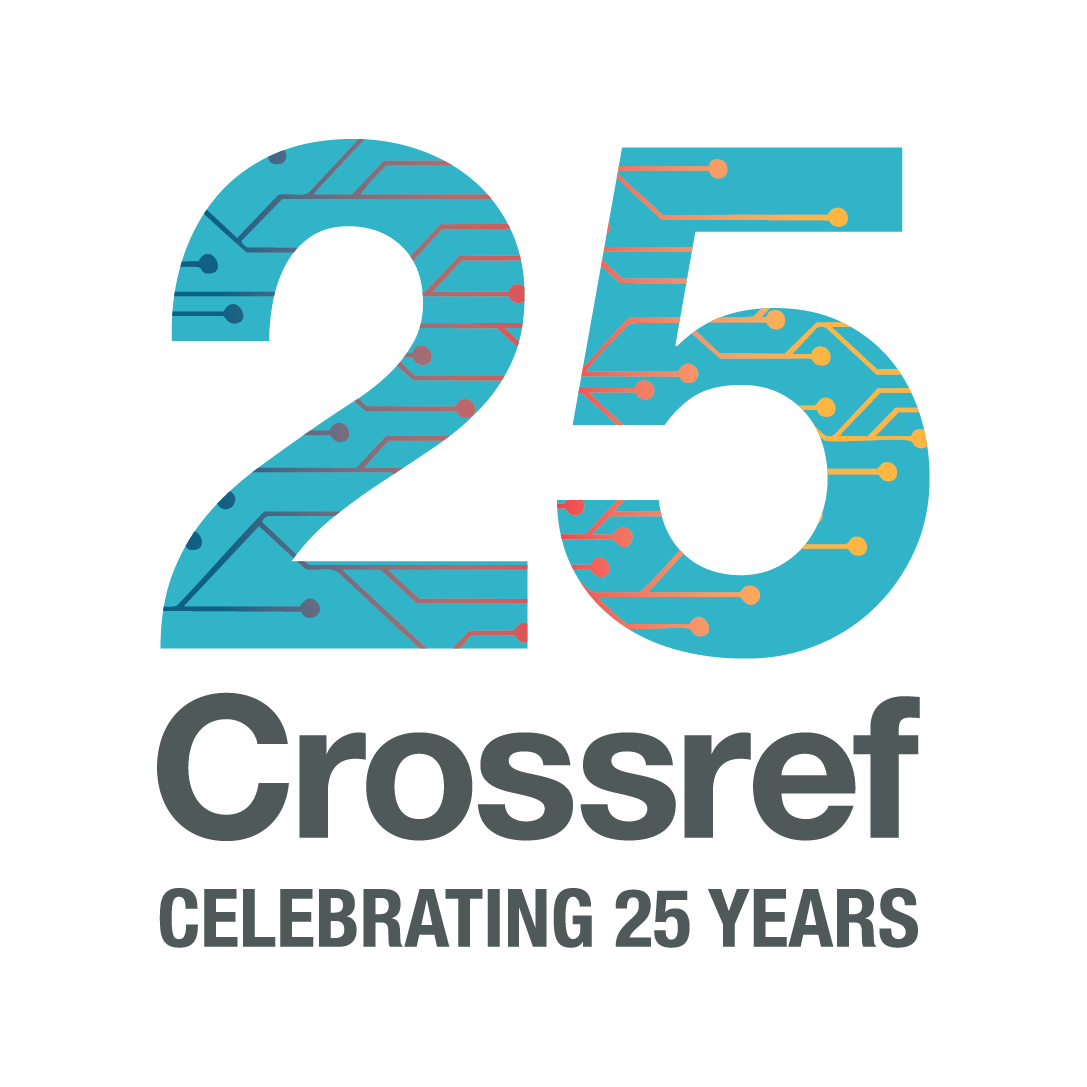The Open Funder Registry plays a critical role in making sure that our members correctly identify the funding sources behind the research that they are publishing. It addresses a similar problem to the one that led to the creation of ORCID: researchers’ names are hard to disambiguate and are rarely unique; they get abbreviated, have spelling variations and change over time.
The same is true of organisations. You don’t have to read all that many papers to see authors acknowledge funding from the US National Institutes of Health as NIH, National Institutes for Health, National Institute of Health, etc. And wait, are you sure they didn’t mean National Institute for Health Research? (An entirely separate UK-based funder).







